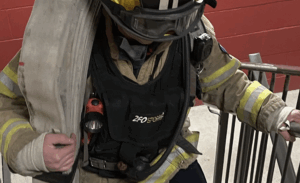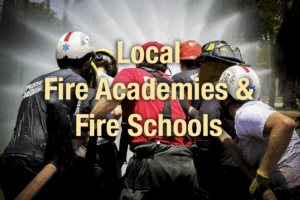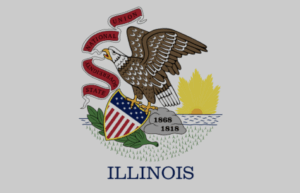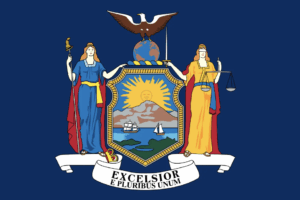If you’re wondering how to become a firefighter in Minnesota, you’re not alone.
Firefighting is one of the most respected and rewarding careers in public service.
Whether you’re targeting a department in the Twin Cities like St. Paul or Minneapolis or looking to join a smaller suburban or rural department, this guide breaks down everything you need to know — step by step.
From meeting the basic requirements to passing the firefighter entrance exam and completing fire academy training, this comprehensive roadmap will help you understand exactly what it takes to get hired as a firefighter in Minnesota.
General Steps to Become a Firefighter in Minnesota
Becoming a firefighter in Minnesota takes dedication, physical and mental resilience, and a strong commitment to serving your community. Here are the steps every aspiring firefighter must follow:
1. Meet Basic Eligibility Requirements
To begin the journey, you’ll need to meet minimum qualifications, which include:
- Age & Education: Be at least 18 years old with a high school diploma or GED.
- Driver’s License: Possess a valid Minnesota Class D driver’s license.
- Residency (if applicable): Some departments may require you to live within a certain distance or response time from the fire station.
2. Obtain Emergency Medical Certification
Many fire departments in Minnesota require EMT (Emergency Medical Technician) or Paramedic certification before hiring. Firefighters often respond to medical emergencies, so having this certification significantly boosts your eligibility.
- You can get certified through the National Registry of EMTs and Minnesota EMS Regulatory Board.
- Some departments allow you to apply without EMT certification but require it before final hiring.
3. Apply to Minnesota Fire Departments
Do your research and apply to departments that match your career goals. Pay attention to:
- Application deadlines
- Minimum certifications required
- Department-specific requirements (e.g., response times, education preferences, etc.)
4. Pass the Firefighter Entrance Exam — The Most Critical Step
This is where candidates are made or broken. Most Minnesota fire departments use a firefighter entrance exam that includes three major components:
- Written Exam: Covers reading comprehension, mechanical reasoning, math, memory, and situational judgment.
- Physical Ability Test (CPAT or similar): Tests your strength, endurance, and ability to handle tasks like hose drags, ladder raises, and victim rescues.
- Oral Interview: Evaluates your communication, professionalism, and motivations for joining the fire service.
Why this matters: Your score on these exams determines your rank on the eligibility list — and most departments hire directly from the top of the list. Just passing isn’t enough. You need to score high in all three areas to move forward.
5. Pass Background and Psychological Evaluations
Next, you’ll undergo a full background check, including criminal history, driving record, and employment verification. You’ll also complete a psychological evaluation to assess your emotional readiness and mental resilience — both critical in high-stress firefighting environments.
6. Complete a Medical Examination
You’ll be required to pass a comprehensive medical evaluation to confirm your physical ability to perform essential job functions. This includes:
- Vision and hearing tests
- Cardiovascular screening
- General fitness and musculoskeletal evaluations
7. Attend a Fire Academy
Once hired, you’ll complete a fire academy program that includes both classroom instruction and hands-on training. Programs like those at Hennepin Technical College meet Minnesota Board of Firefighter Training and Education (MBFTE) standards.
8. Continue Professional Development
Firefighting is a lifelong learning career. Stay current by completing:
- Advanced certifications (Hazmat, Technical Rescue, Fire Officer, etc.)
- Annual department drills and training
- Ongoing EMS recertifications
Why Scoring High on the Firefighter Exam in Minnesota Is So Important
No matter which department you’re applying to, passing the firefighter exam is critical — and scoring high is even more important.
Every hiring process includes three major tests:
- Written Exam – Determines your placement on the hiring list. A higher score = better chances of getting the job.
- Physical Ability Test (PAT or CPAT) – You must prove you can handle physically demanding tasks that mimic fireground operations.
- Oral Interview – This is your chance to show leadership, communication, and character beyond a test score.
Most departments create ranked hiring lists based on total exam scores. Being at the top of that list is the key to getting hired.
Becoming a Firefighter in St. Paul
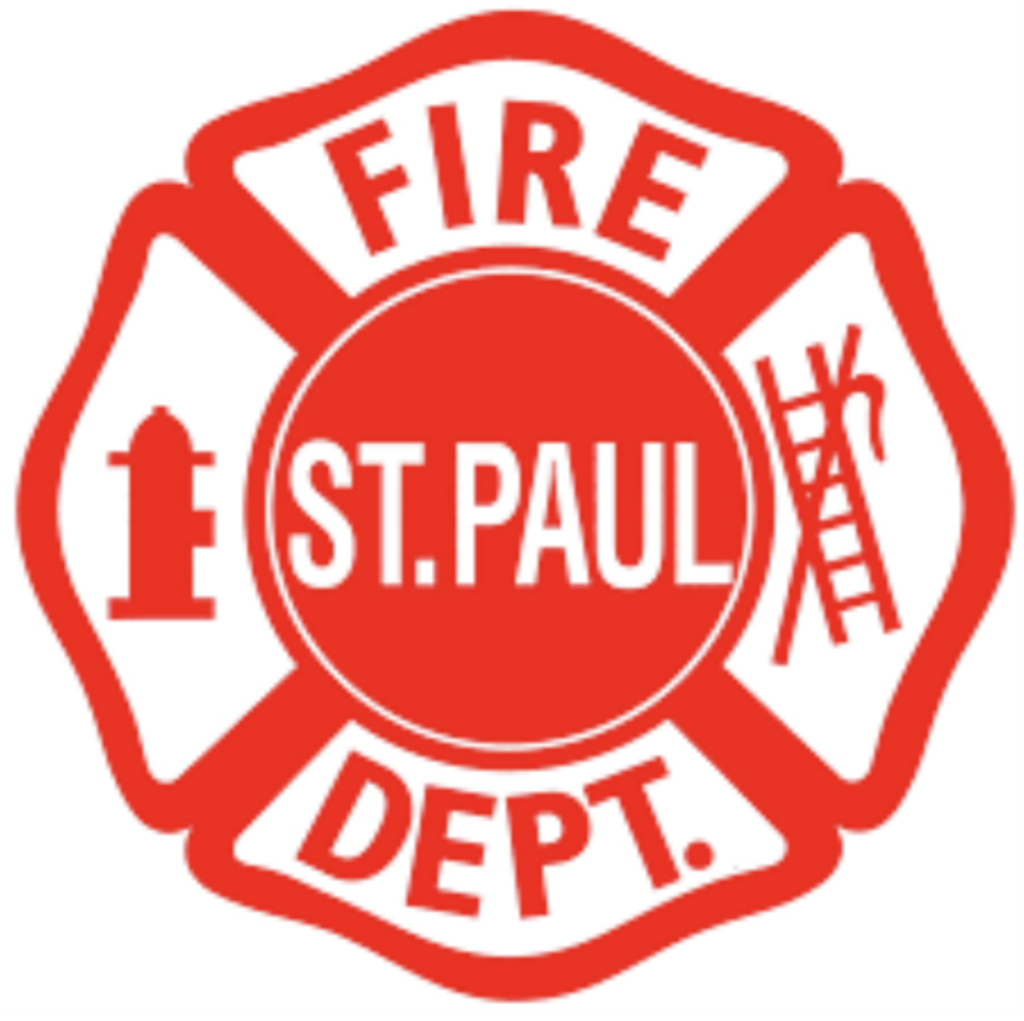
The St. Paul Fire Department has specific qualifications and a competitive hiring process:
- Age & Education: Must be 18+ with a high school diploma or GED.
- Driver’s License: Valid Minnesota Class D license.
- EMT Certification: Required by the time of interview. National Registry and State of MN certifications accepted.
- Exams: Includes written test, CPAT, and interview.
- Application Process: Online application with required documents and certifications.
- Apply here: Prospective applicants can find more information on the City of St. Paul’s official firefighter website.
Becoming a Firefighter in Minneapolis
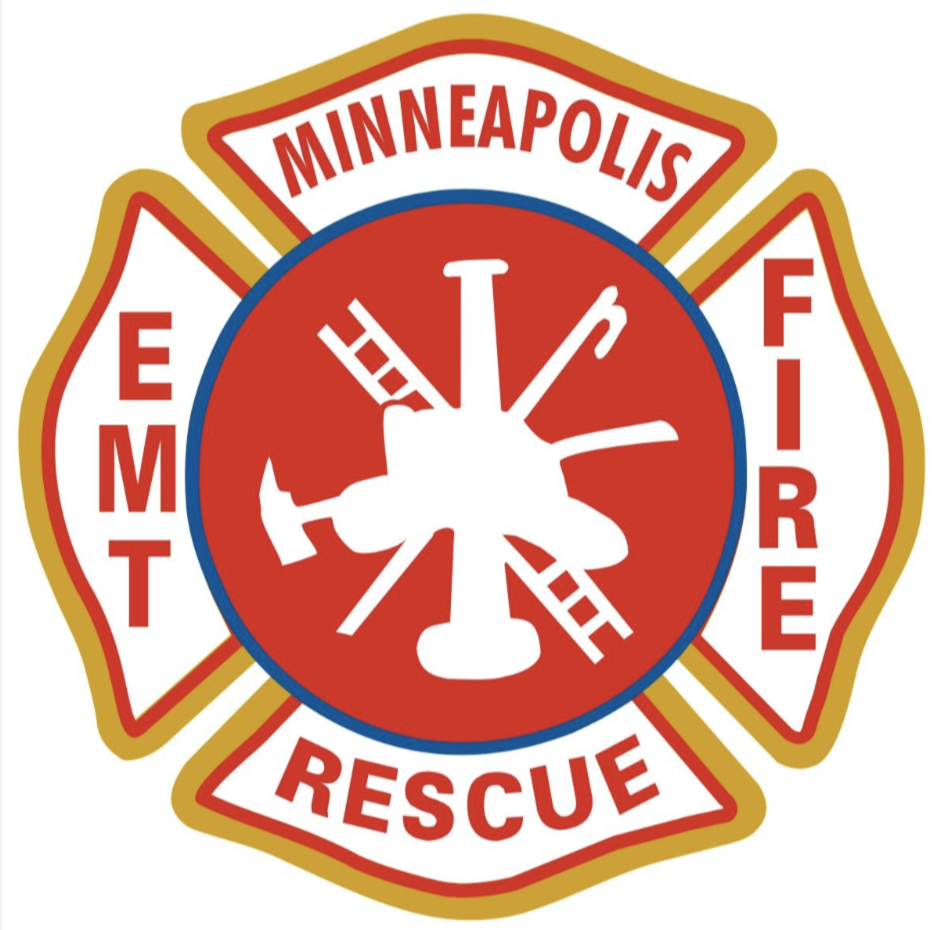
Here’s what to expect when applying to the Minneapolis Fire Department:
- Requirements: Meet minimum education and age criteria.
- Application Process: Submit application during open recruitment periods on the city’s official jobs page.
- Fitness Test: Pass pre-employment fitness and health standards.
- Training Academy: Mandatory training upon hire, including classroom and hands-on instruction.
- Apply here: Prospective applicants can find more information on the City of Minneapolis’s official firefighter website.
Additional Considerations for Firefighters in Minnesota
- Residency Requirements: Some departments require you to live within a specific response radius (e.g., 8-minute response time).
- Ongoing Physical Fitness: Maintain strong conditioning to pass annual physical assessments and safely perform job duties.
- Education & Career Growth: Consider post-secondary education or degree programs in fire science for advancement.
Final Thoughts: How to Become a Firefighter in Minnesota
Becoming a firefighter in Minnesota — especially in major cities like St. Paul and Minneapolis — is competitive but achievable. If you meet the eligibility requirements, earn your EMT certification, and excel on the firefighter entrance exam, you’ll have a strong chance of joining the fire service.
Stay focused, stay fit, and prepare for every step. The fire service needs people like you — committed, capable, and ready to protect and serve.





